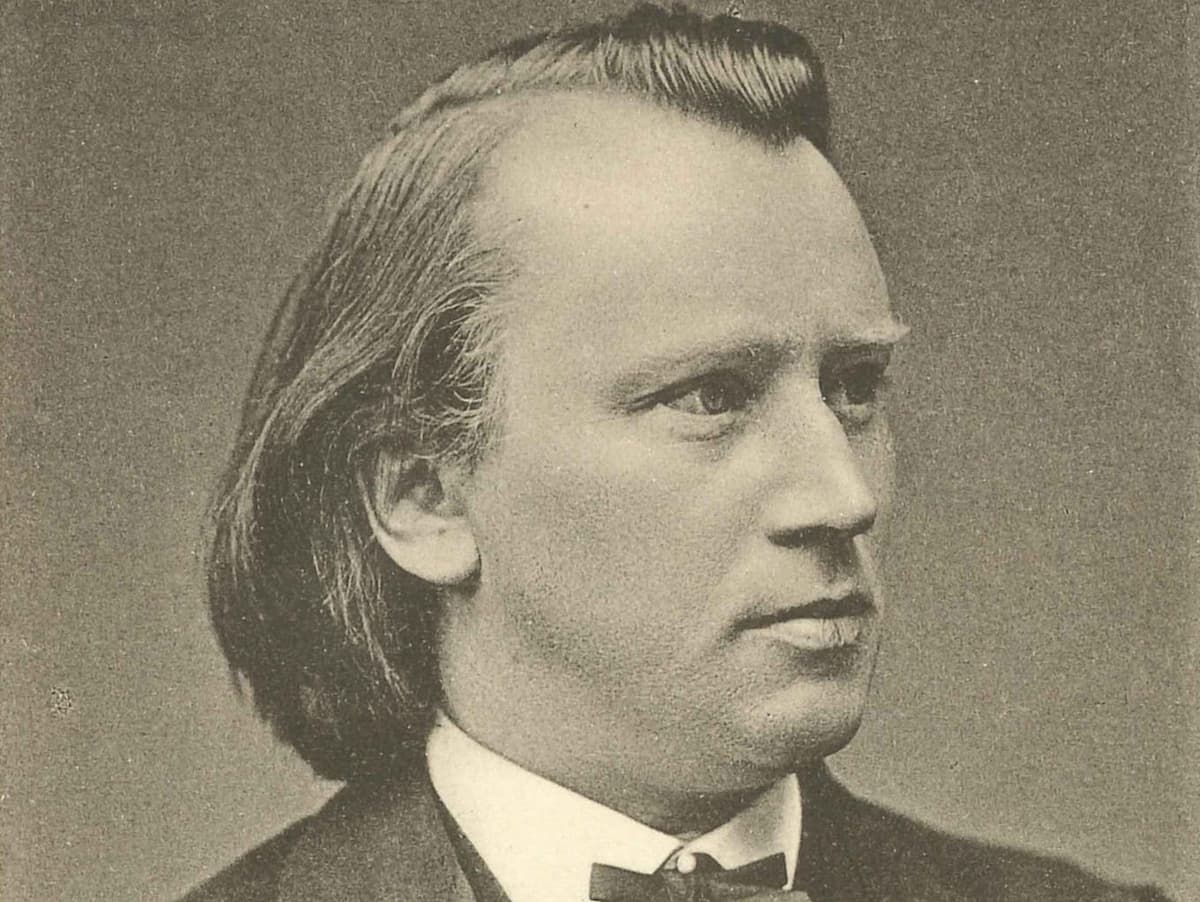Johannes Brahms was born in 1833 in Hamburg, Germany. He ended his life one of the undisputed giants of nineteenth century music. Here are a few facts about his life and music: Brahms spent his career caught up in an
Brahms
Johannes Brahms (1833–1897) first started working on a violin concerto in 1878, intending to write a 4-movement work. He sent his first drafts to his friend and the dedicatee, the violinist Joseph Joachim, in August 1878 and asked him to
When Johannes Brahms first met Richard Wagner in 1863 he played his Variations and Fugue on a Theme by Handel, Op. 24 for the prophet of the “Artwork of the Future.” The work sounds like an impressive catalogue of variation
Brahms’ honorary doctorate in 1879 from the University of Breslau described him as ‘artis music sevioris in Germanic nuns princeps’ or ‘the foremost composer of serious music in Germany’. You can imagine the problem that Wagner had with that commendation!
Composed in 1865 but drawing on a theme which Brahms had written twelve years earlier, the trio for natural horn with violin and piano first sounded on 28 November 1865 in Zürich with the composer at the piano. Nature, nostalgia
Pianist and composer Clara Schumann was one of the most influential musicians of her generation. One of the ways we can measure that influence is by looking at the many works that were dedicated to her by her colleagues. Going
The Liebeslieder Waltzes Op. 52 had been a tremendous financial success for Johannes Brahms and his publisher. These compositions had perfectly capitalized on two musical trends of the mid-19th century. A popular love for dances to be played by piano
While Johannes Brahms had rightfully hoped of gaining the conductorship of the Hamburg Philharmonic, the post was given to the baritone Julius Stockhausen instead. Dejected and disappointed, Brahms made his first visit to Vienna in the autumn of 1862, staying







